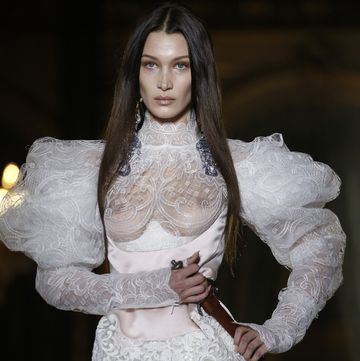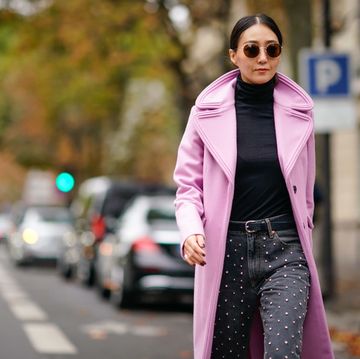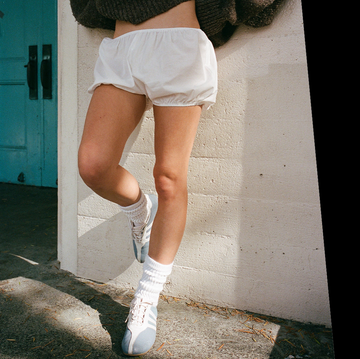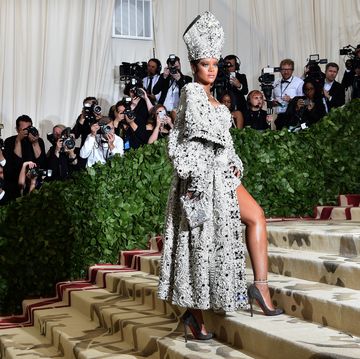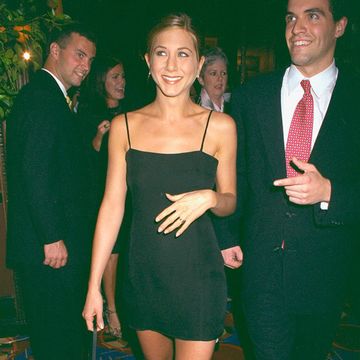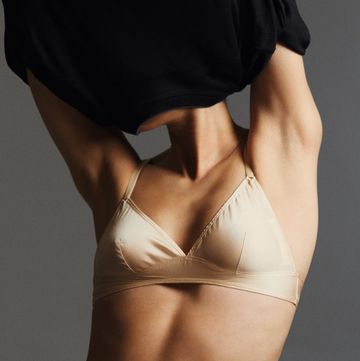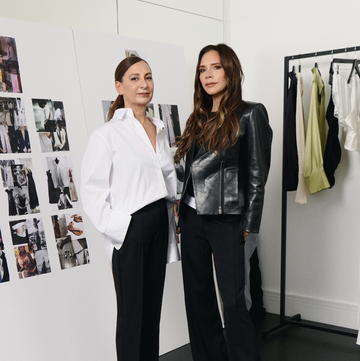The inimitable journalist Cathy Horyn served a 15-year tenure as Chief Fashion Critic at the New York Times. She is one of the most revered and trusted voices in her field because, quite simply, she is critical, in the truest sense – honest, rigorous discerning, insightful and provocative.
Her take on life and the current fashion landscape should be compulsive reading for all creatives and curious minds.
We’ve extracted some great bits from her interview with System magazine (via businessoffashion.com)
On passing judgment in a matter of seconds:
First of all, I should say I don’t go to a lot of shows, not nearly as many as the other people do, because I only want to write about the newsmakers. I don’t want to feel like I have to go, believe me I’ve done that. But when you’re seeing these collections, season after season, you can sit at a show and know in a heartbeat what’s new, what’s striking, what’s newsworthy.
On what gives the critic authority:
A couple of things: longevity and being free of influence. You’ve always got something influencing you, but you should work at keeping some distance from that. You just have to say what you think.
On the transferrable nature of being a critic:
…Critics are drawn to their medium: art critics obviously have some fascination for the creation of new art and the personalities in art. I find fashion people more appealing than most artists. Maybe because of the business side, which I really like, maybe because I love the phoniness of fashion. These days, the phoniness is not so much fun as it was in the ‘90s. Bill [Blass] was a big phoney, Oscar was a huge phoney. They came and they charmed and they swaggered, they flirted with the customers, and yet they were great people behind that façade.
On who is in the industry is great showman today:
I guess Karl [Lagerfeld]. I mean, he doesn’t necessarily spend so much time with the customers but he gets on the stage and he performs. Tom Ford does it, too. But they are old-school guys. Today I think that the economics of fashion has affected everything in the industry. It’s not about aesthetics, it’s not about pleasure, it’s certainly not about charming people…
On this era being defined by a sense of quantity over quality:
If you look at it from a strictly fashion point of view – and you think of the contributions and the design changes that happened in the 60s and 70s, and in the 80s you like at designers like Kawakubo – then I think we are going to be missing that in the two thousand and teens, or whatever we call this era. Where is the Kawakubo of today? Or the Martin Margiela or the Helmut Lang: those people who really made a statement about their time? I don’t think anyone is going to dispute what I’m saying; we just don’t see those kind of people emerging now.

